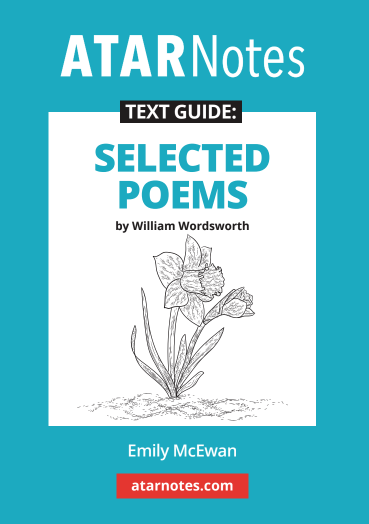
She equipped me for everything I have done since, for which I am forever grateful.” She didn’t have to do any of this, but she did.”Īnd from Sydney gallerist Amanda Rowell, a student in the 1990s: “She taught not just art history but how to think around art. It was the most exquisite privilege to spend time with the paintings in the quietude of an empty museum. Margaret Morgan still remembers her generosity to a young artist in 1981: “Virginia invited me via postcard to accompany her on a visit to Monet’s Waterlilies at the Orangerie … There was no one else there, just Virginia, me and Monet. The citation for her AC mentions she was “a role model for young art historians”.įormer student Mary Roberts, now a professor at Power, speaks of her “… conjuring the materiality of paint and with it unfolding both the meaning of the work and carefully performing the intellectual labour of the art historian with power and conviction … this was the alchemy of Virginia’s teaching”. To stand next to her looking at a picture – to talk through its genesis, to decipher its intentionality, to evacuate its possible meanings – was an unmatched delight.” One enduring impact of Virginia Spate’s work is, in fact, insistence on looking without prejudgment. Colleague Terry Smith notes: “Virginia had the best eye of any art historian I have known.

This was based on scrupulous looking at actual works. A stickler for research, Spate brought imaginative openness to history.


 0 kommentar(er)
0 kommentar(er)
